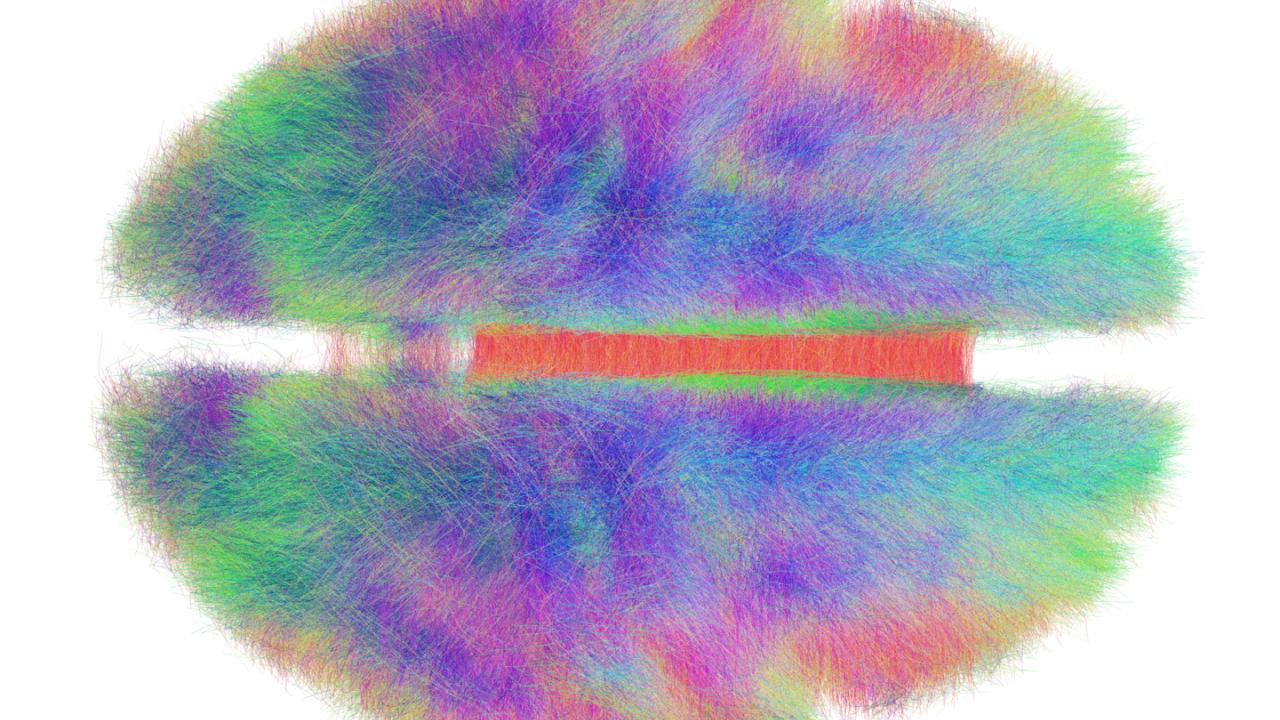
Advocating a Computational Shift in Neuroscience Training
How can universities best prepare students for a career in neuroscience? Ask Professor Mark Goldman, Department of Neurobiology, Physiology and Behavior and the Center for Neuroscience, and he’ll tell you it’s time to rethink the traditional biology curriculum. To unravel complex systems like the brain, students need advanced training in quantitative and computational techniques.
In a paper published in Current Opinion in Neurobiology, Goldman asked neuroscientists for their views on undergraduate and graduate biology education. The survey’s results highlight a critical need for expanding computational neuroscience training at all levels of higher education.
“One can no longer put biological sciences or neuroscience in one box and computer science and mathematics in a separate box,” Goldman said. “They are fundamentally intertwined, intermixed, intermingled.”
Bridging the computational divide
Goldman and co-author Michale Fee, of the Massachusetts Institute of Technology McGovern Institute and Department of Brain and Cognitive Sciences, sent an informal survey to 107 neuroscientists. Overwhelmingly, respondents noted life sciences students tend to lack sufficient training in quantitative research methods, including computer programming, biological modeling and algorithmic thinking.
The results, according to Goldman, highlight a traditional cultural divide between the life sciences and the computer science fields. Goldman and Fee call for higher education leaders to tear down the silos separating these fields and to create biology curriculums promoting interdisciplinary research.
A physicist by training, Goldman transitioned to the life sciences during his Ph.D. Later, as a faculty member, he was surprised by the small roles mathematics and computer science played in many biology curriculums. Despite formal instruction in mathematics, students learn relatively little about how mathematical and statistical models are used side-by-side with empirical work to understand how biological systems function, Goldman said.
UC Davis, a place for quantitative biology
Mapping the complexities of the brain are daunting tasks for any human.
Computational techniques allow biologists to funnel large datasets into a computer, create a model system and simulate different scenarios for that model system, like how certain diseases might affect the brain. From basic research to applied science and clinical practice, preparing students to embrace computational research will aid their success across many fields.
“The decisions people make as doctors, and in other medical fields, are based heavily on probability and probabilistic models,” said Goldman. “Likewise, for students going into industry or to graduate school, the problems they will encounter increasingly depend upon quantitative or computational analysis.”
UC Davis leadership and faculty across campus are working to develop a quantitative biology undergraduate major that will address the growing need for a curriculum that merges biological concepts with mathematics and computer sciences.
“This major should place UC Davis at the vanguard of biology training, giving our students the full set of skills needed to tackle future challenges in biology and beyond,” said Goldman.
